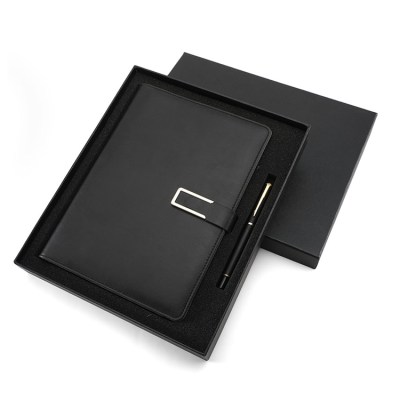Leather notebooks have evolved from traditional writing tools to modern accessories that seamlessly blend style and functionality. In this article, we’ll trace the journey of leather notebooks, exploring how they have adapted to contemporary needs while preserving their timeless charm.
Historical Roots: Leather notebooks have a rich history dating back to ancient civilizations. They were used for record-keeping, sketching, and documenting important information, marking their significance as tools for knowledge preservation.
Modern Design Elements: Contemporary leather notebooks incorporate modern design elements. From minimalist covers to innovative closures, these notebooks adapt to modern aesthetics while maintaining their classic appeal.
Integration with Technology: Modern leather notebooks often integrate technology. Some feature pockets for smartphones or tablets, creating a seamless blend of analog writing and digital tools.
Eco-Friendly Initiatives: Many leather notebook makers embrace eco-friendly practices. They source leather from sustainable suppliers, use recycled paper, and implement environmentally conscious production processes.
Personal and Professional Use: Leather notebooks cater to personal and professional use. From personal journals to professional planners, they offer versatile solutions for staying organized and expressing creativity.
Conclusion: The evolution of leather notebooks showcases their adaptability and relevance in modern times. By incorporating modern design elements, integrating technology, embracing eco-friendly initiatives, and serving both personal and professional needs, these notebooks remain essential tools that bridge the gap between tradition and modernity.


















